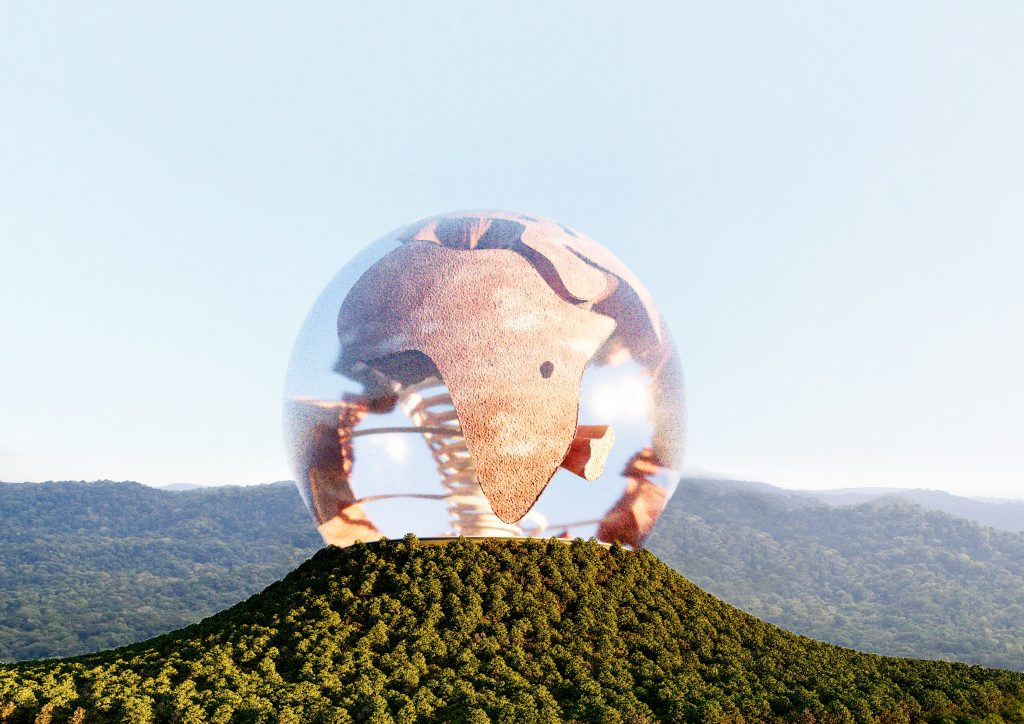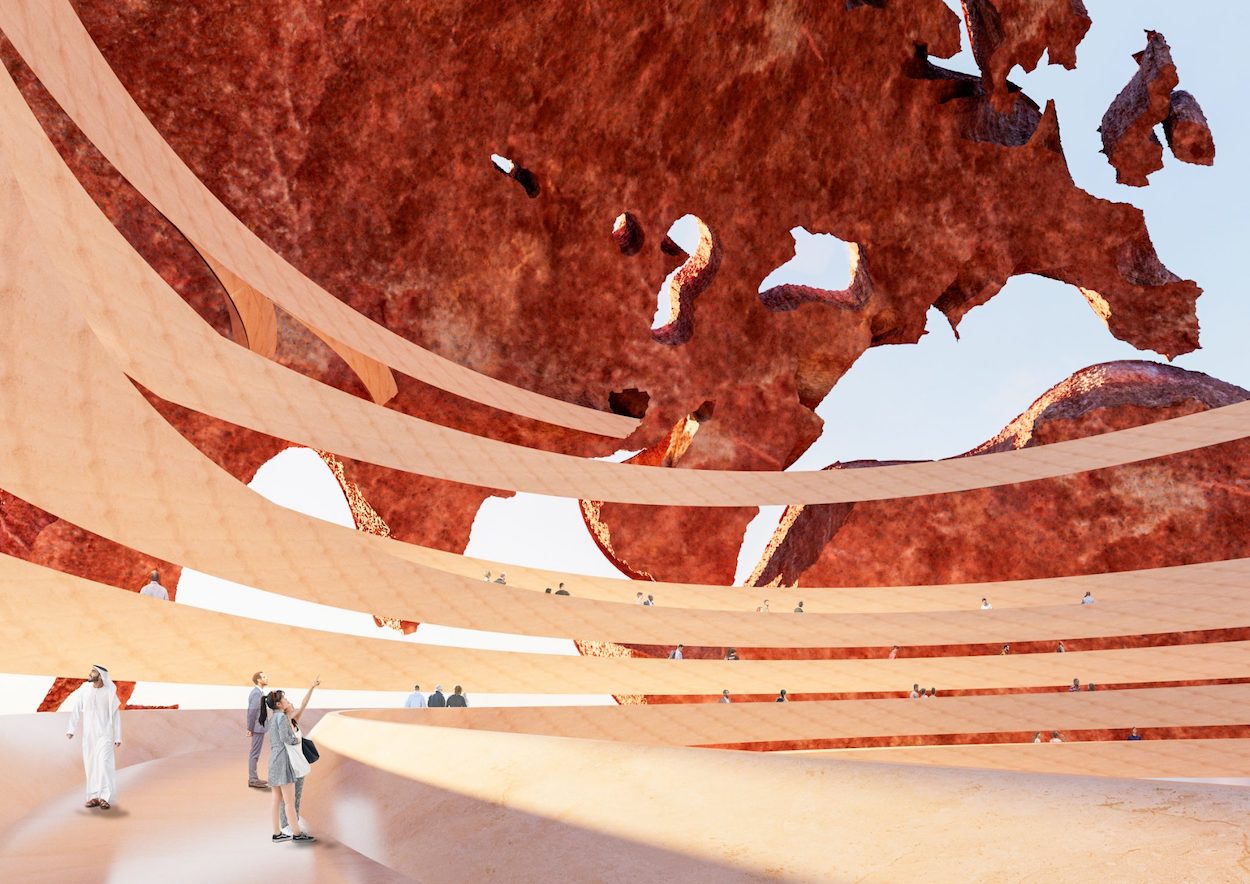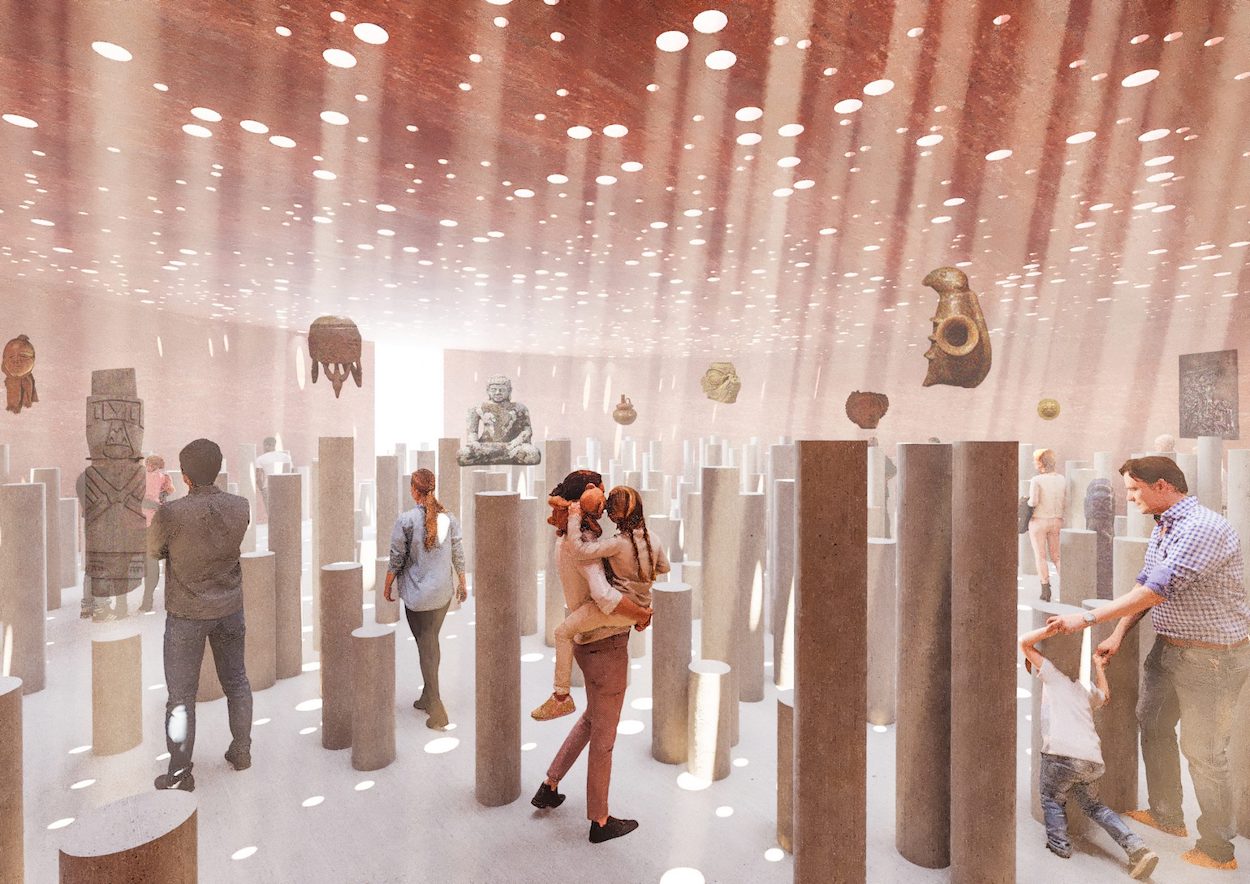Lately, conversations around stolen cultural artifacts have centered on the Benin Bronzes—the 10,000 figurines, plaques, and ceremonial objects pillaged by British soldiers near what’s now known as Benin City, Nigeria, in the 16th century—and staggering data that around 95 percent of Africa’s cultural heritage is held outside the continent. Repatriation efforts are plodding along, but much work remains in recovering the overwhelming amount of missing objects worldwide. According to Interpol, which tracks property taken from archaeological sites and museums, more than 52,000 artifacts are missing. “These are objects that exist physically,” Ernesto Ottone, UNESCO’s assistant director-general for culture, told The Guardian, “but we don’t know where.”
UNESCO and Interpol are teaming up to create the first museum dedicated to stolen cultural artifacts. Given that its collection’s whereabouts are unknown, the museum will exist as a succession of virtual spaces containing detailed images of the objects, as well as testimonies from locals and descriptions detailing their cultural significance. The virtual museum has been in development for a year, but UNESCO recently shared that Burkinabé-German architect Diébédo Francis Kéré is spearheading its design. The Pritzker Prize winner’s scheme takes the form of a towering baobab tree, an Indigenous African plant long viewed as a symbol of resilience, and will emulate the rotunda of the Guggenheim Museum. The virtual ramp, Kéré says, is meant to be contained within a globe connecting far-flung regions and cultures.



